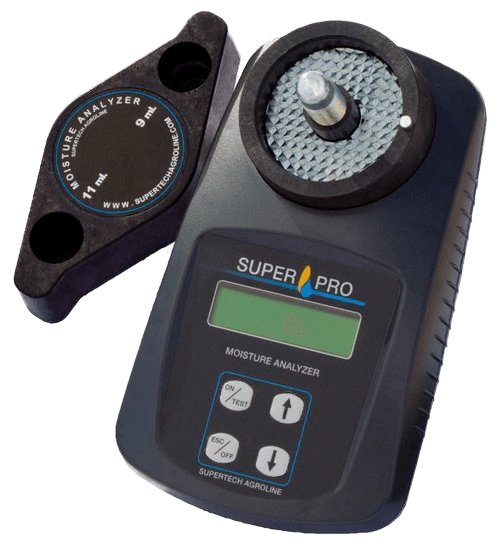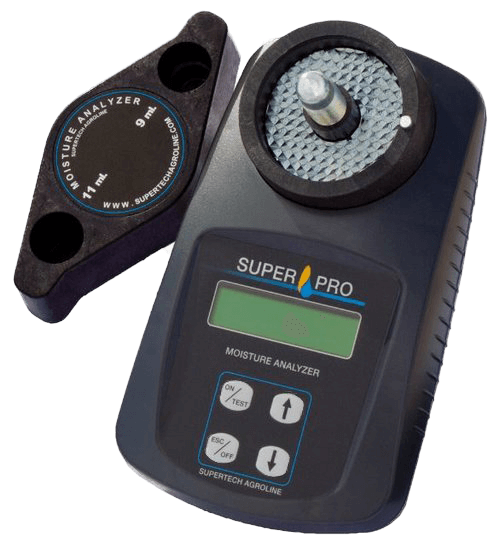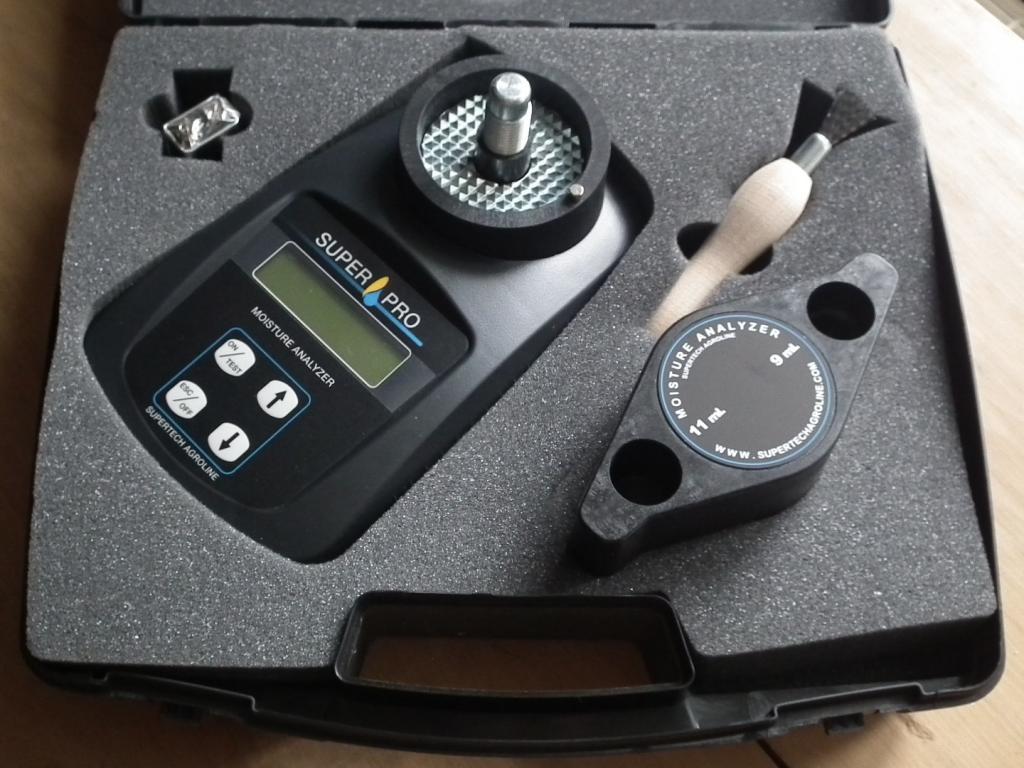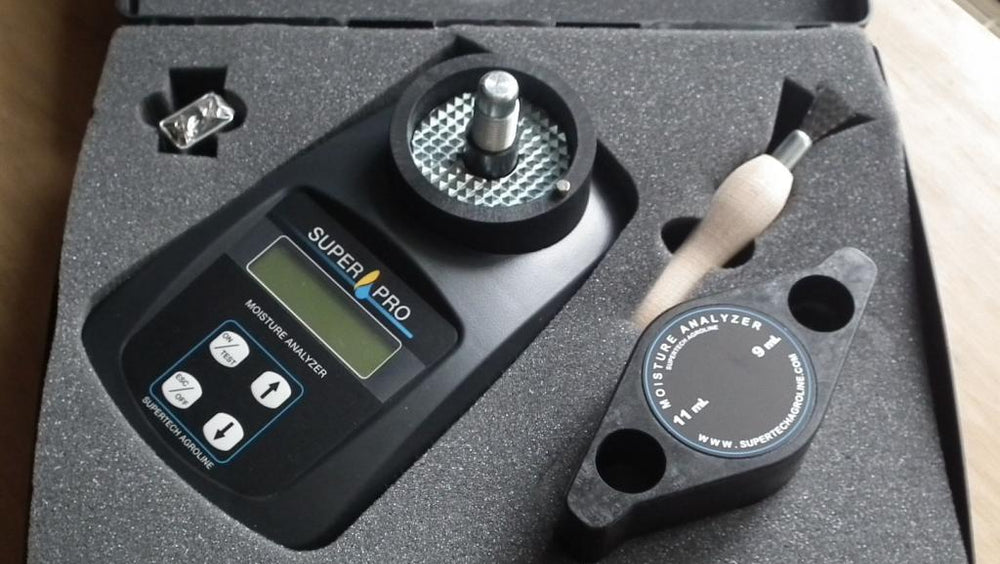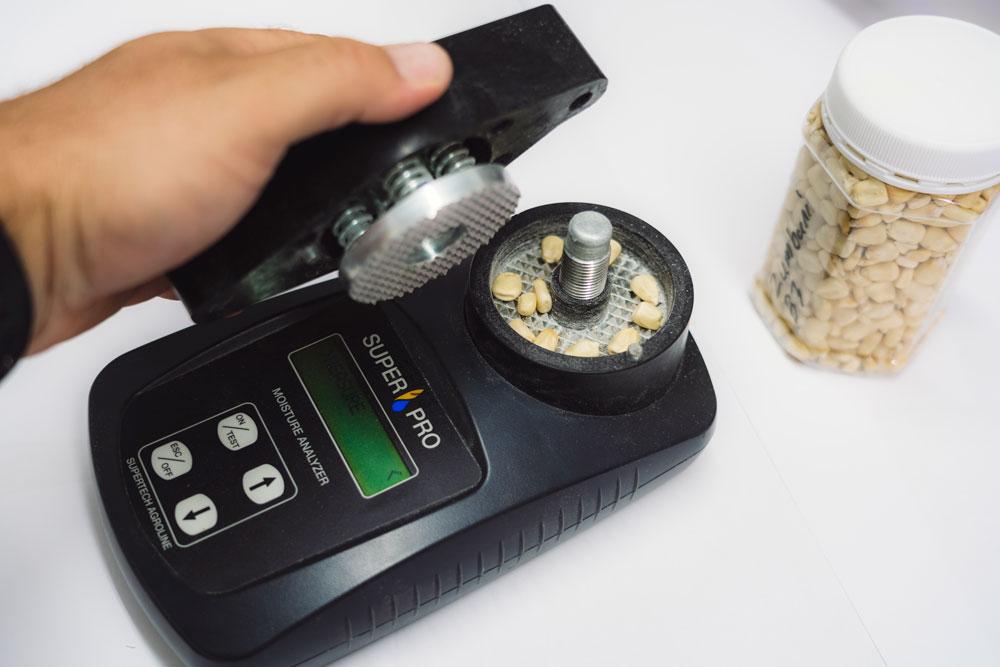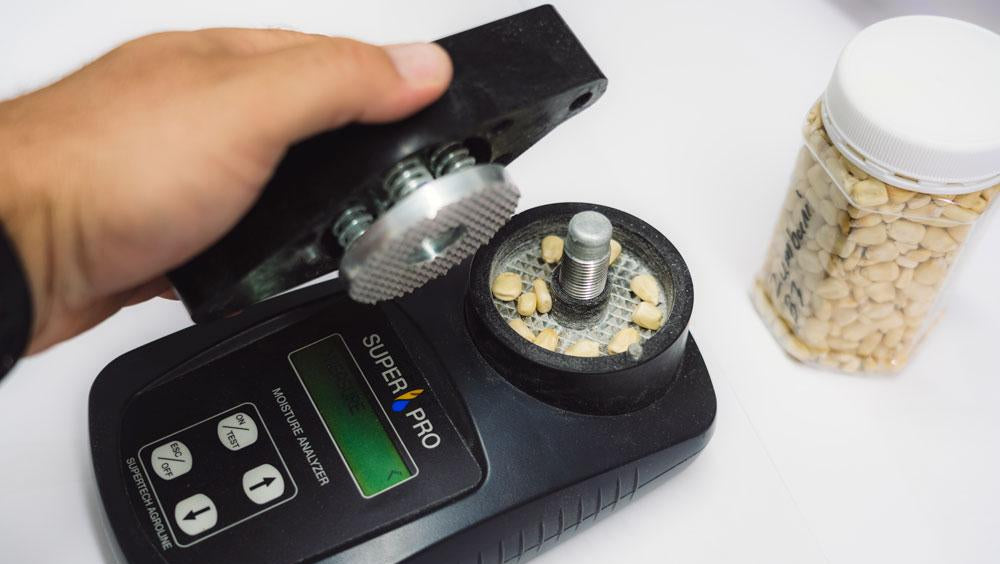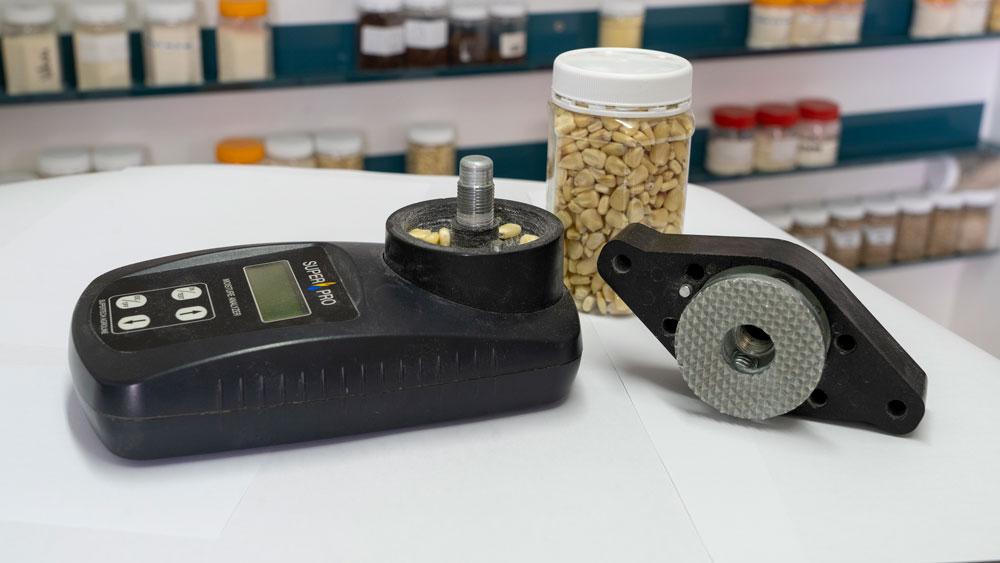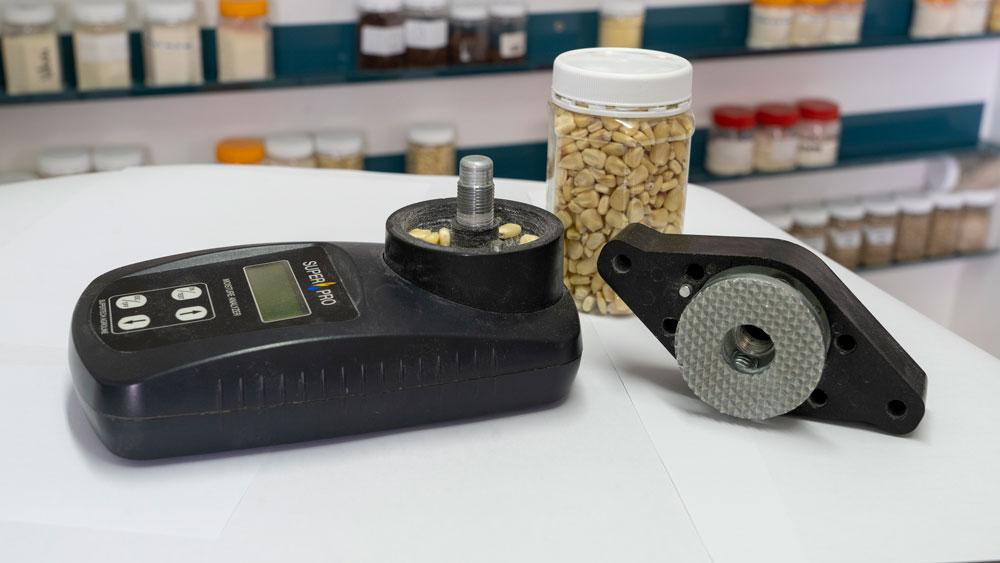If you’re a maize miller or run a community mill, understanding the shelf life of your maize meal is crucial. Not only does it impact product quality and safety, but it also affects your bottom line. Spoiled product means lost revenue, unhappy customers, and possible health risks.
In this article, we break down what affects maize meal shelf life, how to calculate it, and what you can do to extend it—especially if you’re producing fortified or whole maize meal.
What is shelf life—and why does it matter in milling?
Shelf life refers to the time your maize meal remains safe, nutritious, and acceptable in terms of taste, smell, and appearance under normal storage conditions. For millers, knowing this helps with:
- Managing stock rotation (FIFO – First-In, First-Out)
- Avoiding customer complaints and ensuring satisfaction
- Staying compliant with food safety standards
- Planning distribution timelines more effectively (for those selling packaged meal)
- Providing sound advice to customers (for community/service mills)
Key factors that influence shelf life
| Factor | Why it matters |
| Moisture content | Ideally 12-13% (not exceeding 14%) for optimal shelf life. Higher moisture promotes mould and insect activity. |
| Fat content | Whole maize meal has more natural oils (from the germ), which go rancid faster than refined (degermed) meal. |
| Temperature | Heat speeds up nutrient loss and spoilage. Keep storage areas below 25°C (77°F) where possible. |
| Packaging |
Appropriate packaging that protects the meal from moisture, contamination, and pests helps maintain quality and extend shelf life for packaged products. |
| Humidity |
High humidity encourages mould. Aim for <60% relative humidity in storage areas. |
| Fortification |
Added nutrients, like Vitamin A, degrade over time, especially under poor storage conditions. |
Estimated shelf life of different maize meals
| Type of maize meal | Expected shelf life (if stored well) |
|---|---|
| Refined (degermed) maize meal | 6–12 months |
| Whole maize meal | 3–6 months |
| Fortified maize meal | Meal base (like refined meal) can last 6-12 months; however, its declared nutrient levels (especially vitamins like A) may fall below compliance standards within 3-9 months depending on storage and vitamin stability. |
💡 Tip: Fortified maize meal requires special care. While the meal itself might last as long as unfortified meal, this 3-9 month ‘shelf life’ often refers to the period the added nutrients (like Vitamin A, which is sensitive to heat and light) remain at legally compliant levels. Your product could fall out of legal compliance if not stored properly, even if the meal itself still seems fine. This is critical for millers selling fortified products and good information for those advising customers on fortified meal.
Can you calculate shelf life accurately?
Yes—but it often involves testing and careful consideration of factors. Larger commercial operations might use accelerated shelf life testing (ASLT), where samples are stored at high temperatures to speed up degradation. Using scientific models, like the Arrhenius equation, they can then estimate how long the product would last under normal conditions. While these scientific methods are common in larger commercial food industries with laboratory capabilities, all millers can effectively manage and estimate product quality over time by diligently controlling key factors (moisture, temperature, etc.), adhering to best practices, and careful stock rotation. Understanding the principles of degradation, like in the vitamin A example below, is key.
For example, if Vitamin A in fortified meal degrades by 10% per month at 25°C:
- Starting level: 2400 IU/kg (Illustrative)
- Minimum legal level: 2000 IU/kg (Illustrative standard)
- After approximately 2 months, the Vitamin A level could be approaching or below the required standard.
So, even if the maize meal still looks and smells fine, it may no longer be compliant nutritionally—especially in countries where fortification is regulated.

How to extend shelf life in your milling operation
Whether you are a commercial miller producing packaged products or a community miller focused on service, these operational practices are fundamental to maintaining maize meal quality:
- Control Product Moisture: Ensure the final milled maize meal has a low moisture content, ideally 12-13% (not exceeding 14%), before packaging. This is crucial for shelf stability.
- Store in a cool, dry area: Keep maize meal away from direct sunlight, heat sources, and moisture.
- Use proper packaging: For millers selling packaged meal, multi-layer bags or those with moisture and oxygen barrier properties are ideal for extending shelf life.
- Advise customers (for service milling): Advising customers to use clean, dry, and ideally airtight containers for their freshly milled meal is good practice.
- Label clearly (for sales): Packaged meal should be clearly labeled with manufacture and best-before/expiry dates.
- Maintain hygiene: Keep your mill and storage areas scrupulously clean to prevent cross-contamination from old product, dust, or pests.
- Implement robust pest control: Actively manage insects and rodents in storage areas, as they can quickly contaminate and spoil meal, drastically reducing shelf life.
- Use first-in, first-out (FIFO) stock rotation: For both raw grain and any packaged meal, ensure older stock is used or sold before newer stock.
Final thoughts
Even the best-quality maize meal won’t last forever—but with good milling practices, proper storage, and an understanding of shelf life, you can deliver a product that satisfies your customers and complies with local regulations.
At Roff Milling, we not only supply equipment designed for efficiency and food safety—we also support you with practical tools and advice to make your milling business a success.
👉 Explore our blog to learn more about maize meal quality, fortification, and compliance.



